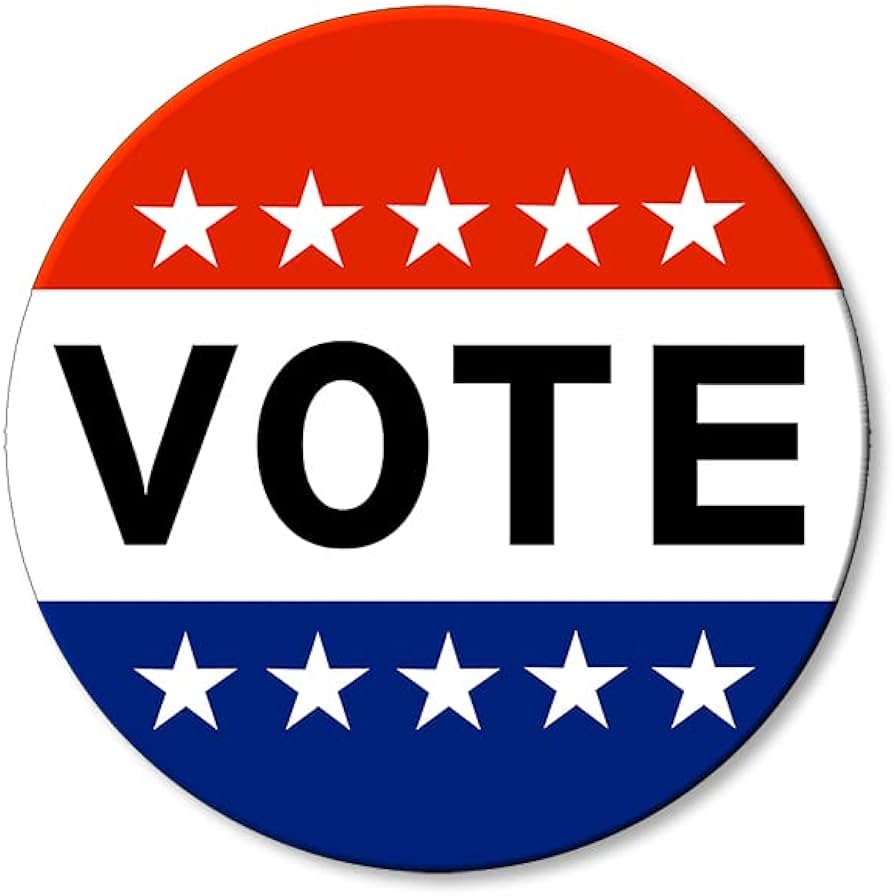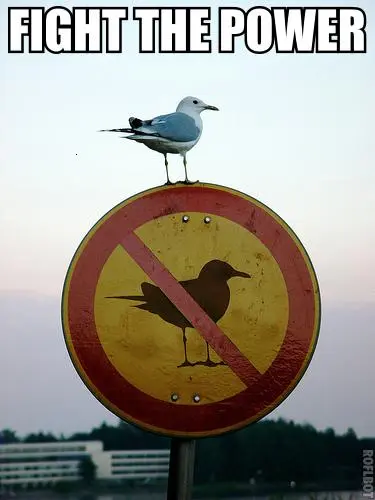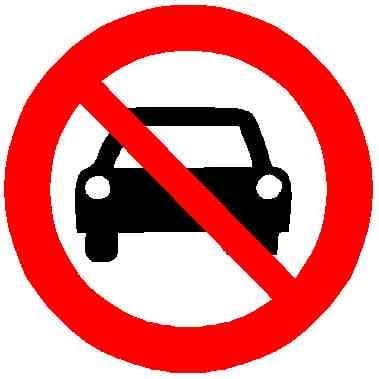

Would it be worse than a fascist dictatorship?


Would it be worse than a fascist dictatorship?
It depends how you define it. I first installed Slackware at work on a retired IBM PS/2 in '94 or '95, because somebody was working on MicroChannel bus support. (That never materialized.) Later, we checked out Novell Linux Desktop, maybe Debian, too. At a later job, we had some Red Hat workstations, version 5 or 6, and I had Yellow Dog Linux on an old Power Mac.
At home, I didn’t switch to Linux until Ubuntu Breezy Badger. It was glorious to install it on a laptop, and have all of the ACPI features just work. I had been running FreeBSD for several years, NetBSD on an old workstation before that, and Geek Gadgets (a library for compiling Unix programs on Amiga OS) before that.


Skill issue. Should be doing both at the same time.


The President has historically had wide latitude to act in times of emergency. The instigator of the insurrection should’ve been in Gitmo on January 21, 2021.
Sure, call me extremist, but look at where we are now. I’m fucking right. But, barring the correct action, Biden could’ve followed the moderate, decorous course of launching the prosecution that day. But no, it took TWO. GOD. DAMN. YEARS.
I’m so done with Democrat excuses.


Centrists: Don’t vote for third parties, because they can’t win. Work within the Democratic Party.
Also centrists: Not like that!

Off-topic, but: A filtered shower head? Now, granted, I don’t even bother to filter the tap water that I drink, but it feels like this isn’t a case of people feeling the economic pinch, because a filtered shower head is so far beyond anything like a necessity. It’s just people with plenty of money being cheap.
The grocery store in which I used to work has been desperate to hire cashiers for years, really since the start of the pandemic. There were some days that we had only two lanes open because that’s all the staff that we had. During busy times, the store manager, the store owners, and sometimes the managers-on-duty would go up to the front to do check-out. The store installed more self-checkout lanes out of necessity.
Nowadays, I go shop there only in the evenings, and there are enough cashiers because they’re all high school students. But the help-wanted sign at the front of the store is still offering open cashier jobs. They’re certainly not eliminating jobs that people desperately need.
Computer-vision has been a thing for years, though it’s now bundled under the moniker “AI”. I know that the self-checkout cameras at the store where I go use AI to “watch” customers. I would assume most of them do, now. Heck, the cheap camera that I bought to point out my front window for fun pretty reliably detects animals, vehicles, and people.
The store nearest my house, where I shop a lot, is a bit more upscale. They’ve installed fancy self-checkout kiosks that tell you to continue scanning items while waiting for the attendant to come deal with an issue. The giant, discount grocery store with locations on the edge of town have enough room that they’ve installed self-checkout lanes that have about a 2-meter conveyor belt to a large bagging area. It’s enormous.

Also, as the attorney quoted by the Milwaukee Journal-Sentinel observed, normally for a non-violent offense and a stable, long-time member of the community, they would inform the person to appear at their office to accept service of process and booking. Further, she has a well-known home address, where they could’ve arrested her in private. But instead, they did it in public, at the courthouse, after a “foot chase.”
This is 110% about intimidation.
But it’s emancipation of women and it’s education
Hey, so, funny story about what MAGA is working hard to eliminate…


Yeah, nobody’s buying this bullshit.

What, there are other places to buy things?! That’s crazy!

Me, too. I’m allergic to Costco and all of the obvious psychological manipulation it employs to get you to buy more, and the vaguely trance-like, slightly feral state that a lot of shoppers seem to enter. And, there’s a Target store within walking distance of my house. But after it bent the knee and stabbed its customers in the back, I bit the bullet and got a membership to shop there, instead.


Once again, this is a silly argument, which this tautology makes obvious: Most Americans live where most Americans live. A full third of the U.S. land area is USFS or BLM land on which nobody lives, and the sparsely-populated areas of the rest are just that: sparsely-populated. Utah has only 3.3 million inhabitants, which is 0.9% of the national population. But even they’re not rural! Most Utahns live in a handful of metro areas; the Salt Lake City region has areas with population density over 5,000 people per square mile.
The United States is overwhelmingly urban, and the number of people who live in really rural areas is basically a rounding error.


It’s not just spending money. In my city, we’re poisoning the groundwater with road salt to support winter driving. One well near me has sodium levels in the water high enough that the water utility has issued a no-drink advisory for people with hypertension.


Good comment, but this bugs me:
*Reagan
Regan was Reagan’s chief of staff for his last couple of years in office.


I like the metaphor of a shipwrecked sailor clinging to a piece of flotsam in the cold water a mile from shore. He’s losing body heat, and eventually hypothermia will set in and he will drown. But if he lets go and starts to swim for shore, he’ll lose body heat even faster, use up his energy, and he probably won’t make it. The “harm reduction” argument says that he should reduce his heat loss, and stay clinging to the flotsam. He’s safe right now, while attempting to get to shore is difficult and dangerous.
Of course, by the time that the fallacy of that strategy becomes apparent (*gestures at current events*), he’s too cold and weak to even attempt the swim.


In my city, we have a barely-there progressive, third party with a presence in the city and county government. It’s all that remains of an attempt to in the 1990’s to launch a Midwestern political party based on an electoral reform called “fusion voting,” which would allow a candidate to get the endorsement of multiple parties, and appear on the ballot multiple times as a candidate under each of those party banners. That way, the candidate would know where their support came from, without the “spoiler effect.” I learned from the Wikipedia page that it was an important tactic in the movement to abolish slavery.
But, in this case, the Democratic Party (technically, the Democratic Farm Labor Party) went to court to shoot down that idea, arguing that it was too confusing to voters. The American left isn’t just sitting here waiting for someone to start a revolution, it has two major political parties actively suppressing it.
Amusingly, one tidbit of information that I just now learned from that Wikipedia article, presented without further comment:
In Milwaukee, Wisconsin, during the heyday of the sewer socialists, the Republican and Democratic parties would agree not to run candidates against each other in some districts, concentrating instead on defeating the socialists. These candidates were usually called non-partisan, but sometimes were termed fusion candidates instead.
Really? This is an example why I’m done with Democrats.